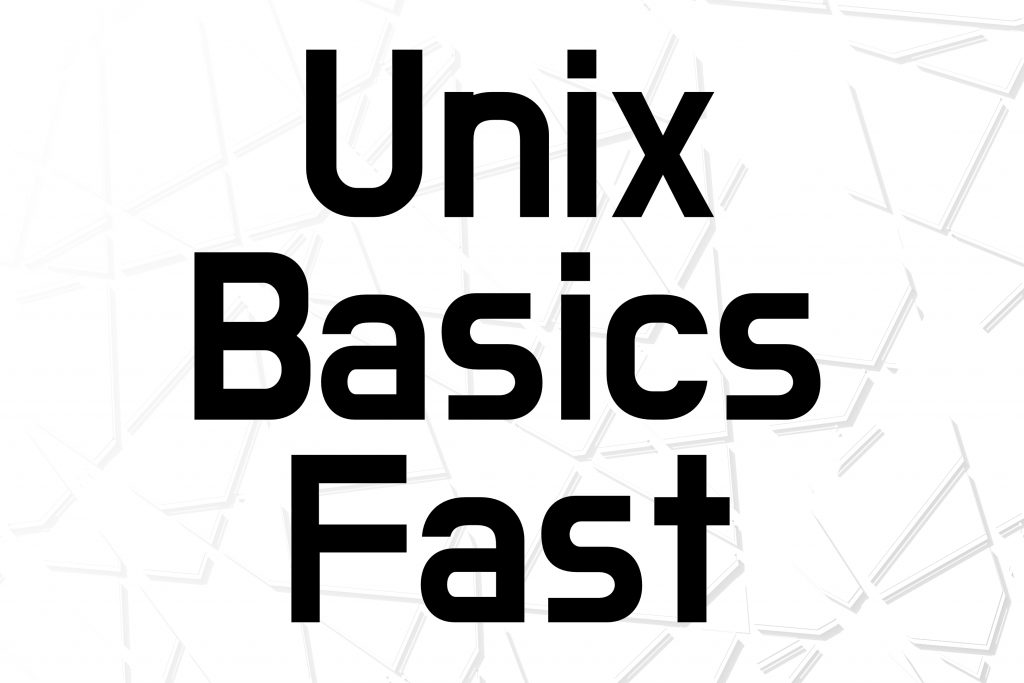
In 1969, Unix was born at AT&T’s Bell Labs. Ken Thompson, Dennis Ritchie, and others started it as a small operating system for the PDP-7 computer.
In 1973, Unix was rewritten in the C programming language, which made it more portable across different hardware platforms.
From the 70s to the 80s, various versions of Unix emerged like BSD Unix (Berkeley Software Distribution) and System V.
These versions had different features and philosophies, leading to a diverse Unix ecosystem.
In 1983, Richard Stallman announced the GNU project, aiming to create a free Unix-like operating system. GNU stands for “GNU’s Not Unix” which is a self-referential joke: In the acronym that is its name (“GNU”), the G comes from nowhere and makes the acronym disappear up its own belly button.
This effort led to the development of the GNU utilities and the Free Software Foundation, a foundation whose aim to promote user freedom, including the freedom of the operating system.
In 1991, Linus Torvalds created the Linux kernel as a hobby project and released the first version of the Linux kernel to the public. This kernel provided the core functionality for an operating system but required additional components to create a usable system.
This open-source kernel combined with GNU utilities and other software components to create a complete Unix-like operating system. The derivation of Unix invented by Linus is called Linux (“L” for Linus).
In the 1990s, the Linux community rapidly grew, with many volunteers contributing to various operating system components. Distributions like Slackware, Debian, and Red Hat emerged, bundling the Linux kernel with software to create complete distributions.
By the late 90s, Linux had gained popularity in server environments due to its stability, security, and flexibility. Many businesses started using Linux around this time for various purposes.
In the 2000s, Linux extended its reach to various devices, including smartphones, embedded systems, and supercomputers. A version of BSD is used as the basis of Mac OS X, which powered Macs after Steve Jobs returned to Apple.
Today, Linux is widely used in various domains, including servers, embedded systems, cloud computing, and even on desktops. It is the basis for today’s macOS, and on Windows, you can access it using Windows Subsystem for Linux (WSL), which you can learn about in Chapter 3.
It has a vibrant open-source community and numerous distributions catering to different user needs.
Throughout its history, both Unix and Linux have influenced each other, with Linux drawing inspiration from Unix’s design principles and introducing its innovations. The open-source nature of Linux has allowed it to thrive and adapt to new technologies, making it a crucial part of the modern computing landscape.
Historical Terms to Know
| Bell Labs | where Unix was first born |
| BSD Unix | Berkeley Software Distribution was an early popular unix distribution |
| Free Software Foundation | A foundation created in 1985 to support free software development. |
| GNU | GNU’s Not Unix — a movement that sought to re-democratize unix and became associated with the Free Software Foundation |
| Linux | The version of Unix invented by Linus Torvalds |
| System V | a popular unix distribution from the 70s |
Have a Mac?
Have a Windows machine?